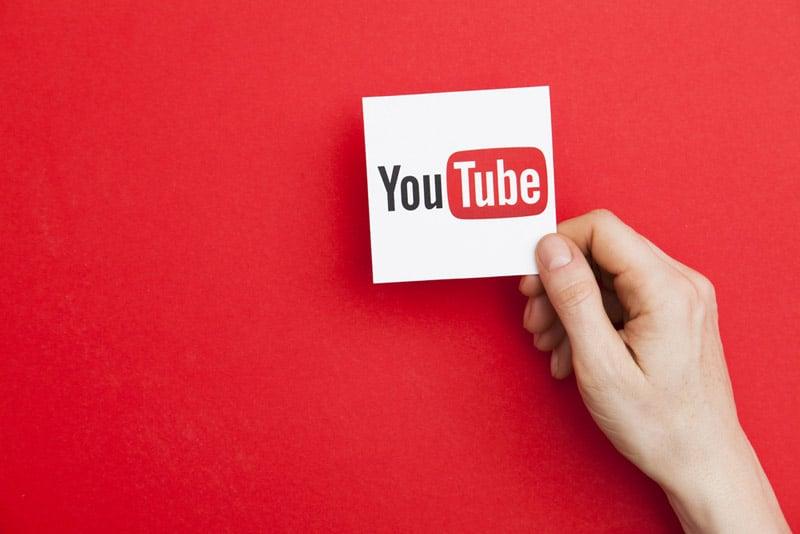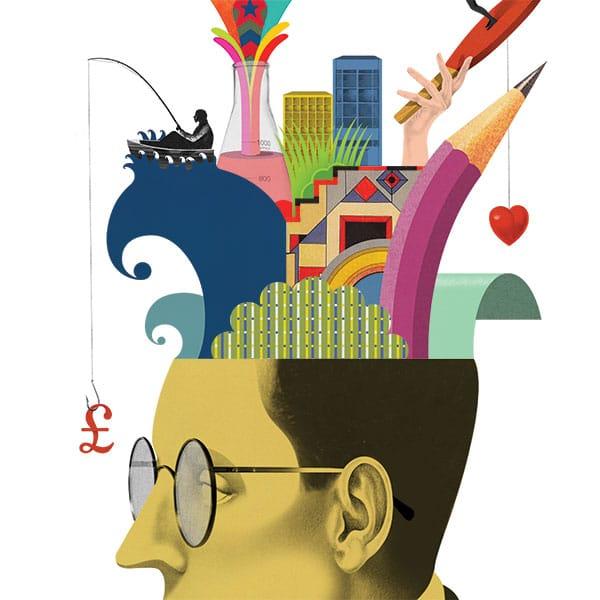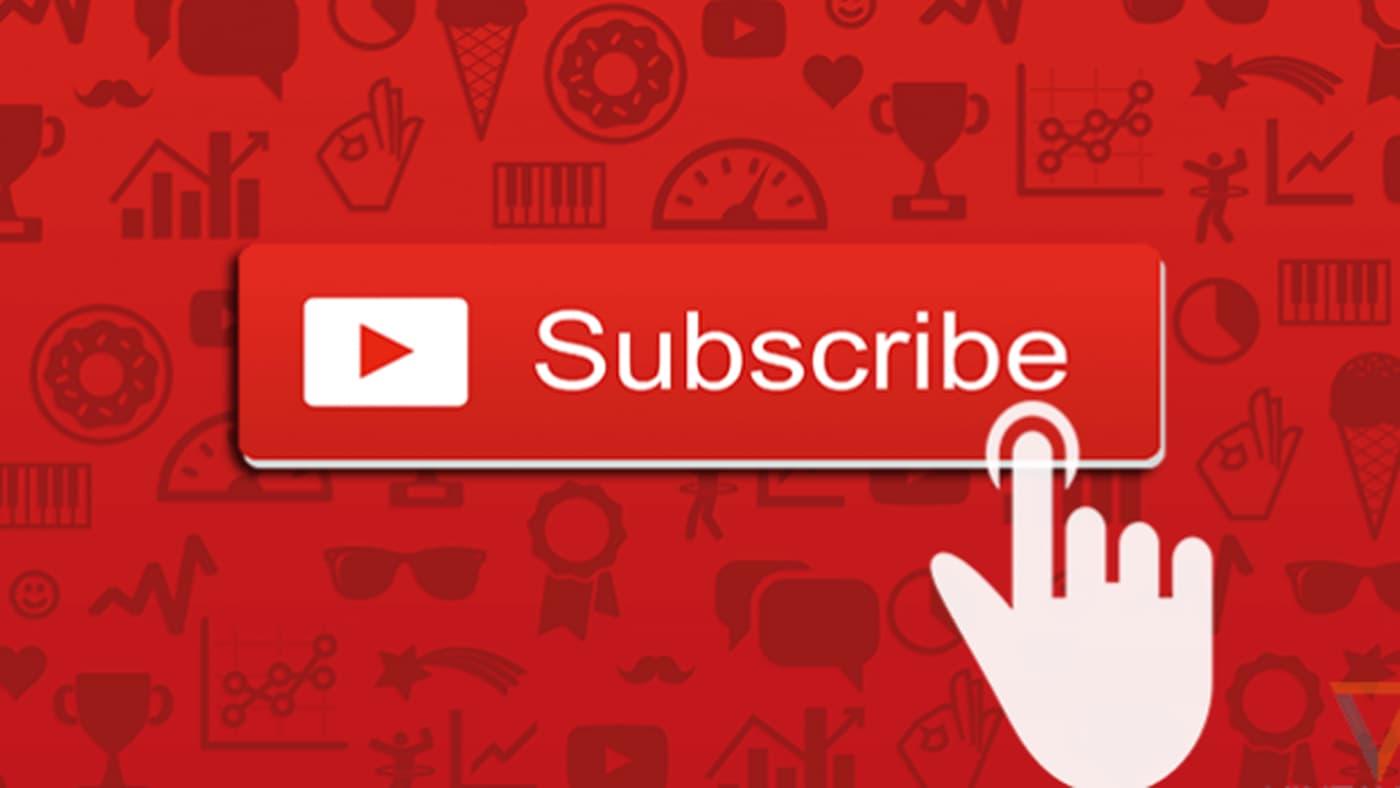Ever found yourself scrolling through YouTube, mesmerized by those fantastic clips that keep popping up? You’re not alone! Many dream of turning their creative videos into a cash cow. But here’s the million-dollar question: Can you actually monetize YouTube videos filled with copyrighted content? It’s a tricky dance between creativity and legality, and the answer isn’t just a simple yes or no. It’s like walking a tightrope—one wrong step, and you could find yourself in hot water. So, let’s dive into this intriguing world of copyright, fair use, and how to navigate the nuances without losing your chance to cash in on your video skills!
Navigating the Murky Waters of Copyright in YouTube Videos
When it comes to monetizing YouTube videos that include copyrighted content, you’re tiptoeing through a legal minefield. Just imagine you’re in a vast ocean—some parts are calm, while others are unpredictable. Using someone else’s work without permission can lead you straight into a storm of copyright claims. You might think, “Hey, it’s just a snippet of a song or a quick clip from a movie,” but those snips can add up. If you get hit with a copyright strike, your channel could face some serious consequences, including the loss of monetization, which is like having the wind knocked out of your sails. So, what’s the safe harbor? Always give credit, seek permission, or use royalty-free content to keep your content safe.
Now let’s talk strategy. If you’re determined to use copyrighted material, consider these key points to navigate those murky waters:
- Fair Use Doctrine: It’s a legal safety net, but you can’t just throw it around. Factors like the purpose of your use, the nature of the original work, and the amount you use all play into this.
- Licensing: Often, it’s best to invest in official licenses for music and clips. Think of it as paying for a ticket to the concert—no ticket, no entry!
- Content ID: YouTube’s Content ID system may automatically flag your video. Sometimes, rights holders allow monetization with ad revenue split, while other times, they’ll just block your content entirely.
Understanding these points can be your life jacket while navigating copyright waters. Always be proactive—if you’re unsure, it’s better to ask first than to deal with the aftermath later!

Understanding Fair Use: Your Shield and Sword
When it comes to monetizing YouTube videos that include copyrighted content, understanding fair use is your best friend—and your best weapon. Fair use allows creators to utilize copyrighted materials under specific circumstances without seeking permission from the copyright owner. Think of it as the “golden ticket” for creators wanting to sprinkle a little magic into their videos. Yet, it’s not a free-for-all; several factors come into play. Generally, fair use is evaluated based on the purpose of use, the nature of the copyrighted work, the amount used, and the effect it has on the market value of the original work.
To break it down further, here are some key points to keep in mind about fair use:
- Transformative Nature: Is your use adding new meaning or a fresh perspective?
- Purpose: Are you using it for commentary, education, or criticism?
- Amount: Are you using a small, necessary portion of the work?
- Market Effect: Does your video compete with or detract from the original?
If you’re still unsure, consider consulting a legal expert to navigate this complex landscape. After all, knowledge is power, and staying informed can keep your channel thriving while respecting others’ rights.

Tips for Creatively Using Copyrighted Material
Finding a way to creatively use copyrighted material can feel a bit like walking a tightrope. The key here is to transform the original content rather than just plugging it into your work. Think of it like remixing a song—by taking samples and reimagining them, you can create something fresh and new that pays homage to the original. One effective method is to use short clips under the “fair use” doctrine. Make sure your use aligns with criteria like educational purposes, commentary, or criticism. It’s all about adding your voice to the conversation instead of merely echoing what’s already out there.
Another great tactic is to incorporate public domain material or works under creative commons licenses that allow for more flexible usage. This can be a treasure trove for content creators looking to add flair without stepping on legal toes. You can compile compelling visuals or snippets and alter them to fit your style—think about adding your narration or overlaying your artwork. Here’s a quick comparison to guide you:
| License Type | Usage Rights | Attribution Required? |
|---|---|---|
| Public Domain | Free to use, modify, and distribute | No |
| Creative Commons Attribution | Can use, modify, and redistribute | Yes |
| Creative Commons Non-Commercial | Use allowed for non-commercial purposes | Yes |

Exploring Alternatives: How to Monetize Without the Legal Headaches
When diving into the vast ocean of YouTube content creation, one of the biggest questions bubbling to the surface is how to monetize your videos without swimming into the shark-infested waters of copyright issues. So, what’s an aspiring creator to do? First off, consider using original content. This means crafting your own videos, voiceovers, and visuals that resonate with your audience while keeping you well within legal boundaries. Also, think about using royalty-free music or soundtracks. A wealth of websites like Artlist or Epidemic Sound can offer tracks that won’t come back to bite you later. Remember, it’s not just about avoiding the legal headaches; using original or licensed content can elevate your brand’s identity.
Additionally, partnering with other creators can be a game-changer. Imagine collaborating with someone who shares your passion but has a different skill set. Think of it as creating a delicious sandwich where each layer brings something unique to the table. Another option is to look into fair use principles, which provide a gray area that allows for some use of copyrighted material under specific circumstances, such as commentary or critique. But tread carefully! Misinterpreting fair use can land you in hot water. To make things cleaner, consider a few alternative monetization strategies:
- Creating and selling merchandise related to your channel.
- Offering exclusive content on Patreon or similar platforms.
- Sponsorships that align with your content and audience.

The Conclusion
So there you have it! Navigating the world of monetizing YouTube videos with copyrighted content isn’t just a walk in the park. It’s more like a tightrope act, balancing creativity with legality. Remember, it’s all about respecting the creators behind the content you love while finding ways to make your own mark. Whether you’re diving into fair use or exploring licenses, knowing the rules can save you from potential pitfalls down the line.
If you’re itching to start your journey, keep those ideas flowing, be innovative, and check in with the guidelines to keep everything above board. After all, your passion deserves a platform where you can shine without worrying about copyright drama. Embrace the adventure of creating and who knows? You could turn your channel into a thriving community where your unique voice takes center stage. Happy filming, and remember: creativity knows no bounds, especially when you play by the rules!



